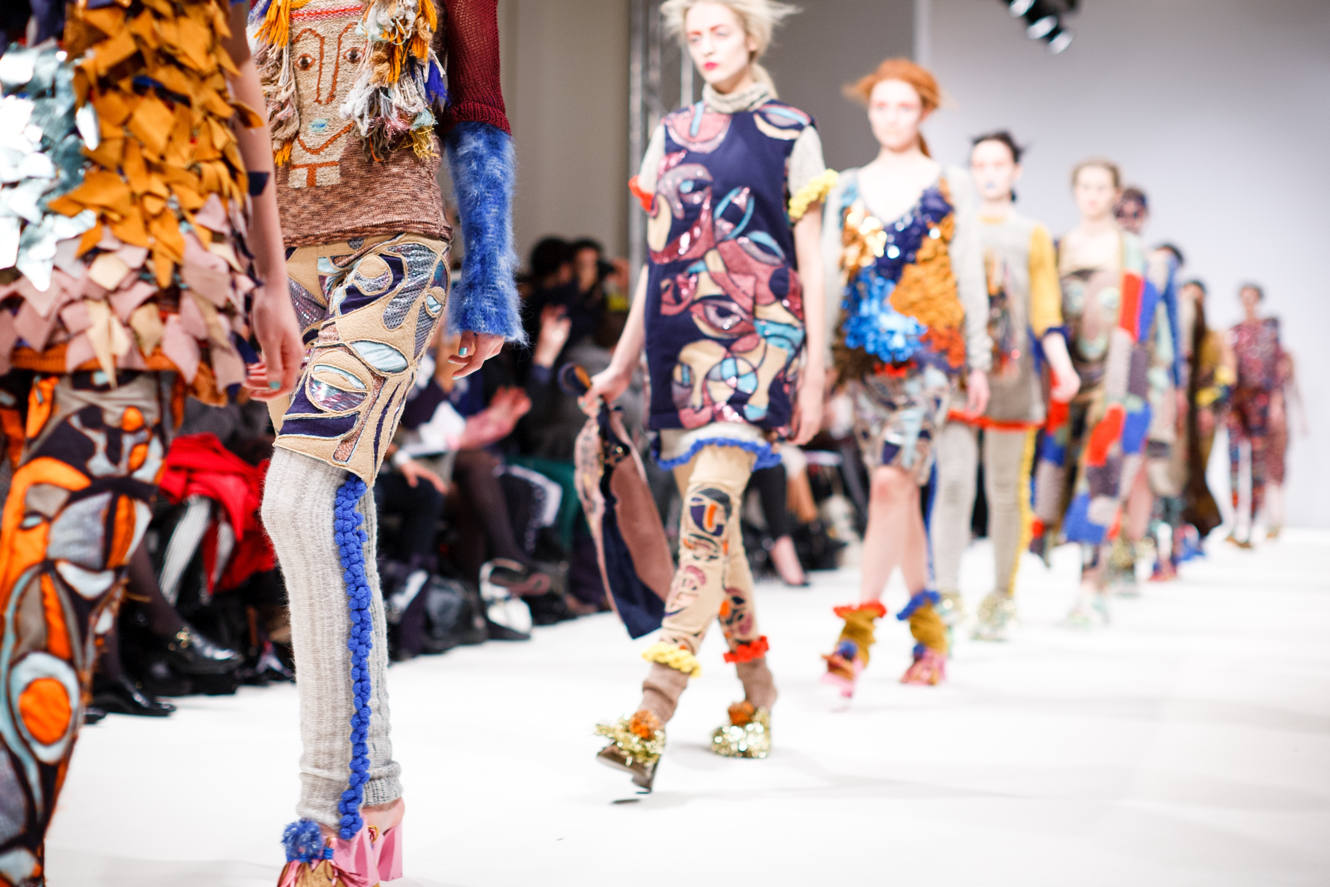Sustainable Shopping: Keeping it Circular
The traditional fashion industry follows a very linear value chain, where leftover fabric scraps at the manufacturing stage and clothes that we purchase at a retail stage are discarded. That is why the term ‘circular economy’ has become widespread across the sector. So what is it and why is it the new buzz-word commonly associated with sustainability?
What is it and why?
Circularity within the fashion industry indicates a supply chain where the by-products of production that would normally be wasted, are brought back into the cycle for further use. One of the most prevalent methods of adopting a closed-loop system is by encouraging the buying and selling of second-hand clothing; also known as pre-loved. Looking at the United Kingdom alone, statistics show that consumers have an estimated $46.7 billion worth of unworn clothes in their closets. So, it would be ideal if we stopped shopping excessively or only shopped when we really needed something, but since our human instincts don’t allow us to do so, buying second hand allows us to extend the product life-cycle of a garment so that it doesn’t end up in a landfill. You’ll actually be surprised as to the multitude of secondhand items on the market that are in perfectly good condition, it’s almost like buying something new - but more sustainable.
“... consumers have an estimated $46.7 billion
worth of unworn clothes in their closets.” - Edge Fashion.

Shopping pre-loved luxury
Companies the likes of Vestiaire Collective and TheRealReal operate e-commerce sites that allow their consumers to buy and sell pre-loved luxury and high-street items on their platforms. As the second hand luxury market continues to grow into a sector worth $25 billion, outweighing sales growth of the primary luxury goods industry, more and more people are able to actively engage in this sustainable shopping habit. On Vestiaire Collective, over 6,000 new items are authenticated and added to the site everyday for its global community of 7 million users. TheRealReal’s partnership with Stella McCartney gives shoppers the incentive to recycle by offering $100 vouchers to spend on new products for every Stella McCartney item they sell on the site.
These online platforms, alongside many others, attempt to create a curated product selection and shopping experience in order to connect with their audiences by offering the latest on fashion trends, VIP services, collaborations with relevant social influencers, partnerships with charities to support local causes and much more. This means that you don’t have to go into a store and buy a brand new item in order to feel fashionable when you have better alternatives readily available at your fingertips that are much more sustainable and not to mention - more affordable!
“...you don’t have to go into a store and buy a brand new item in order to feel fashionable when you have better alternatives readily available at your fingertips that are much more sustainable and not to mention - more affordable!”
Fast-fashion & recycling
Taking baby steps
If you’re not sure how to begin, don’t fret - because you’re not alone. A good place to start from would be at home. Open your wardrobe and start cleaning, if you haven’t worn something in the last twelve months, it’s time to say goodbye. We all have clothes that we haven’t touched (some with their tags still on - guilty!), items that we’ve worn enough and don’t love anymore, or things that have stains and holes and want to pass on. It all couldn’t be more relevant in today’s day and age, where Fashion Revolution tells us that each garment is worn only 4 times on average, and doubling the life of clothing from one year to two years reduces emissions over the year by 24%!
So, don’t discard - collect everything and take it to a local retail garment collection box, a charity, or put it up on an online reseller. That was the first step - and a big one! The second and last one is to control your shopping habits, buy pre-loved, and to remember; if you don’t love it, don’t buy it. This is a tough one but once you break that habit, you’ll be shopping guilt-free!

+ Words: Mashal Mush
Mashal Mush is a driven Pakistan-born, Hong Kong-bred individual that has a love for traveling and writing. As a fresh grad, she is a sustainable fashion marketer in the making, taking one green step at a time - and aims to inform, inspire & influence many along the way.
Instagram: @mashgoesgreen




